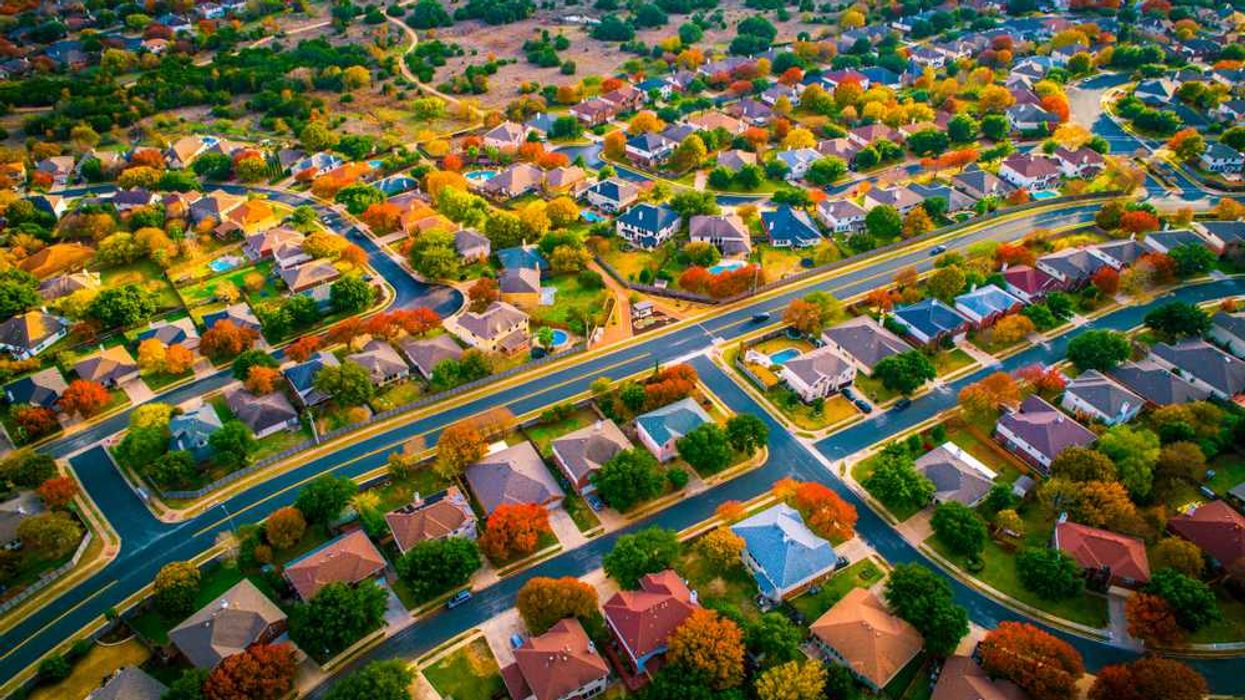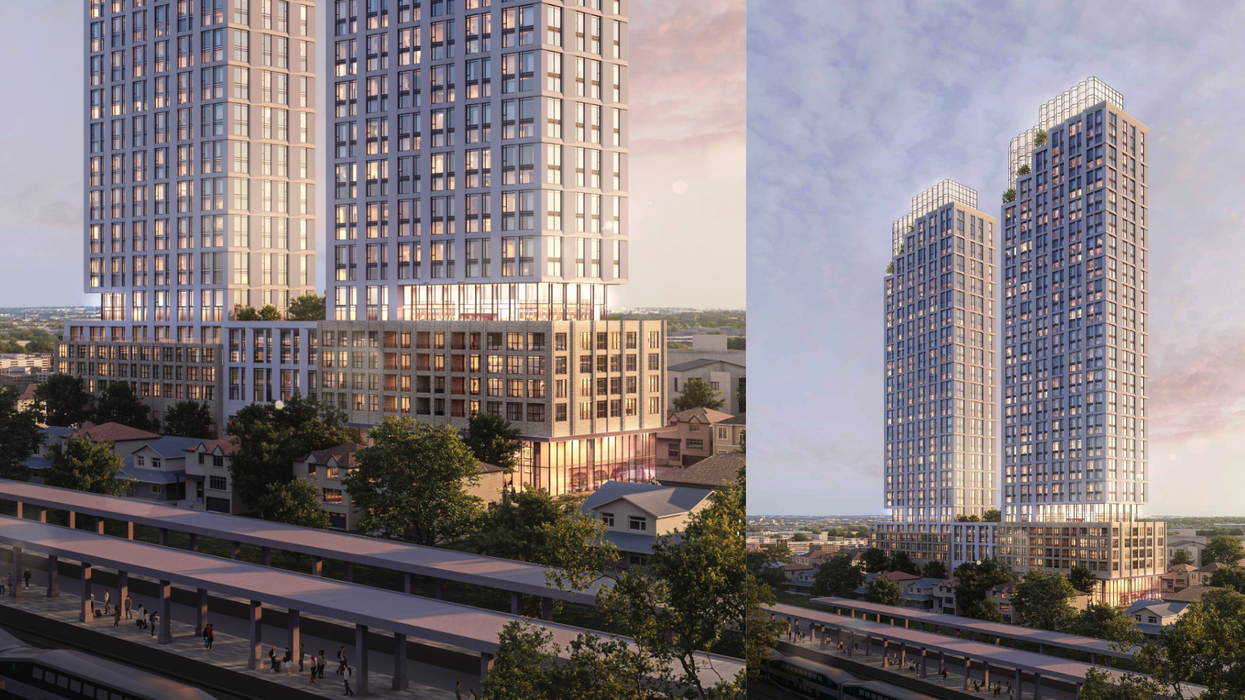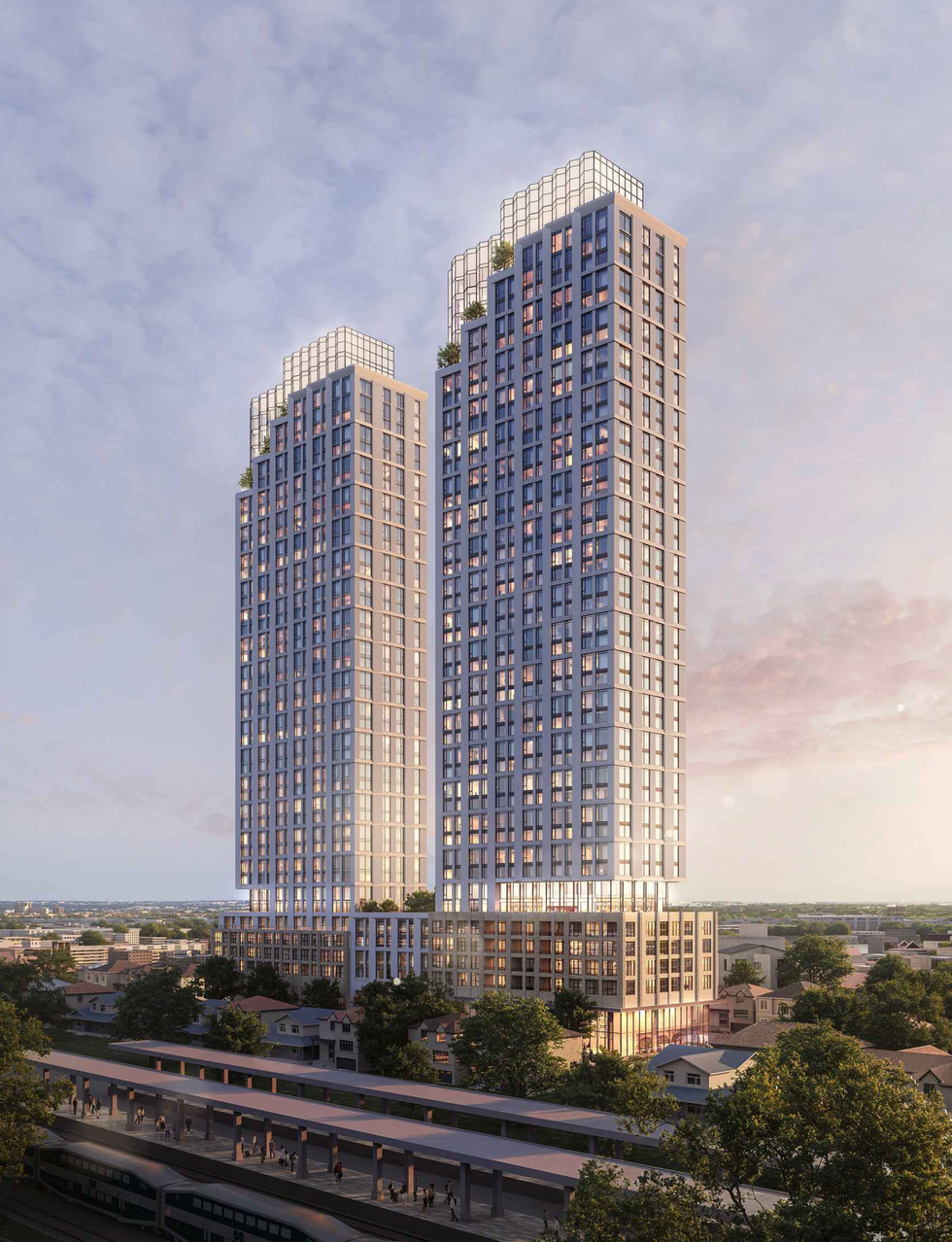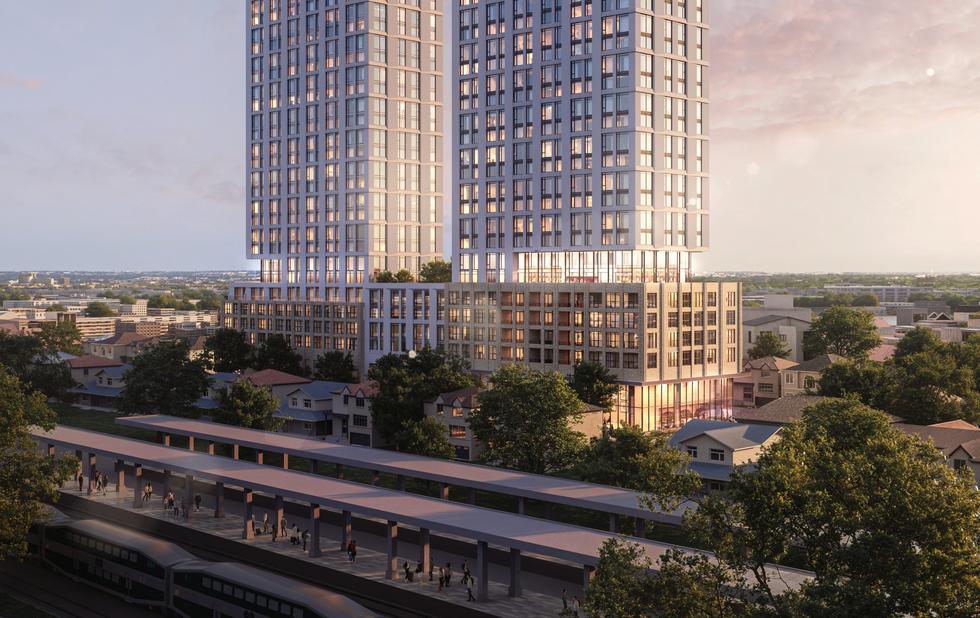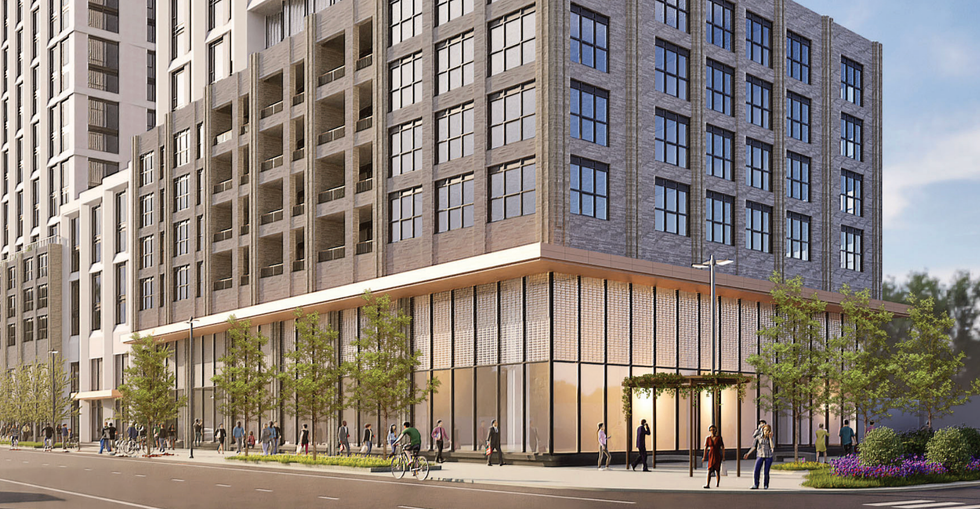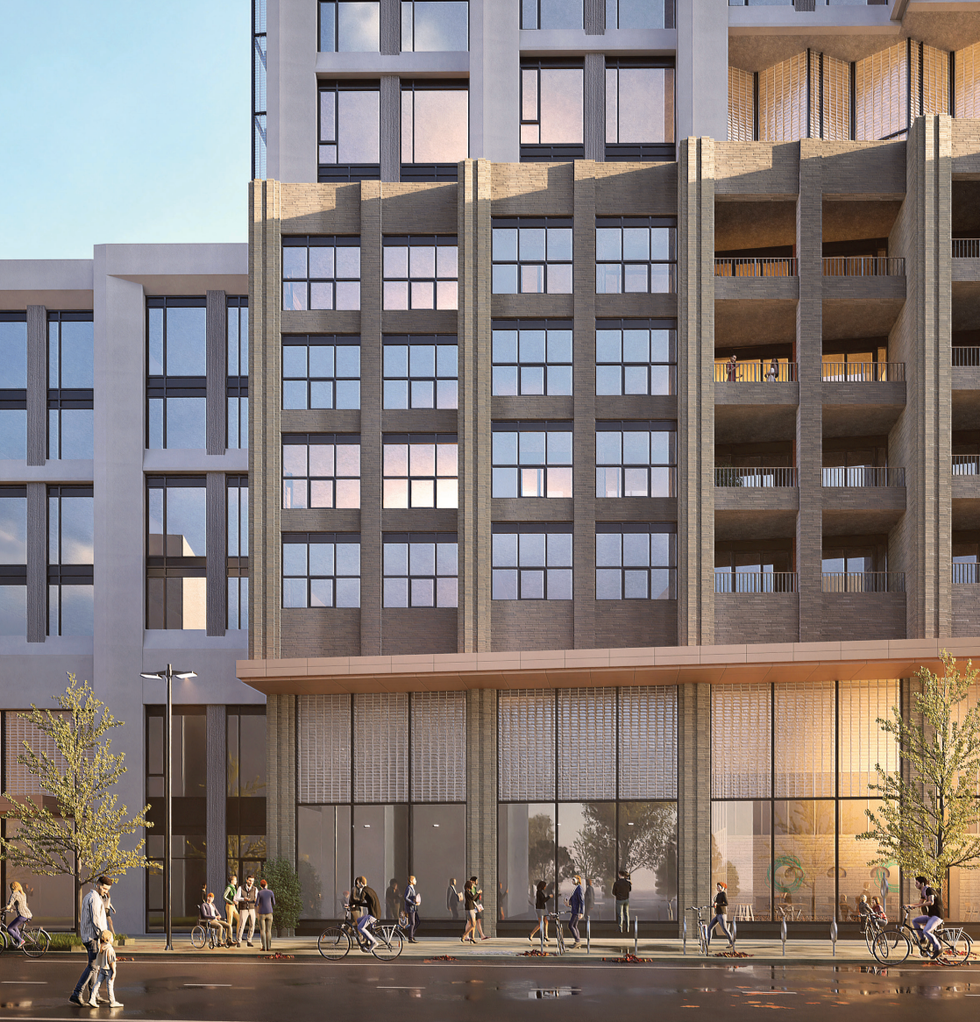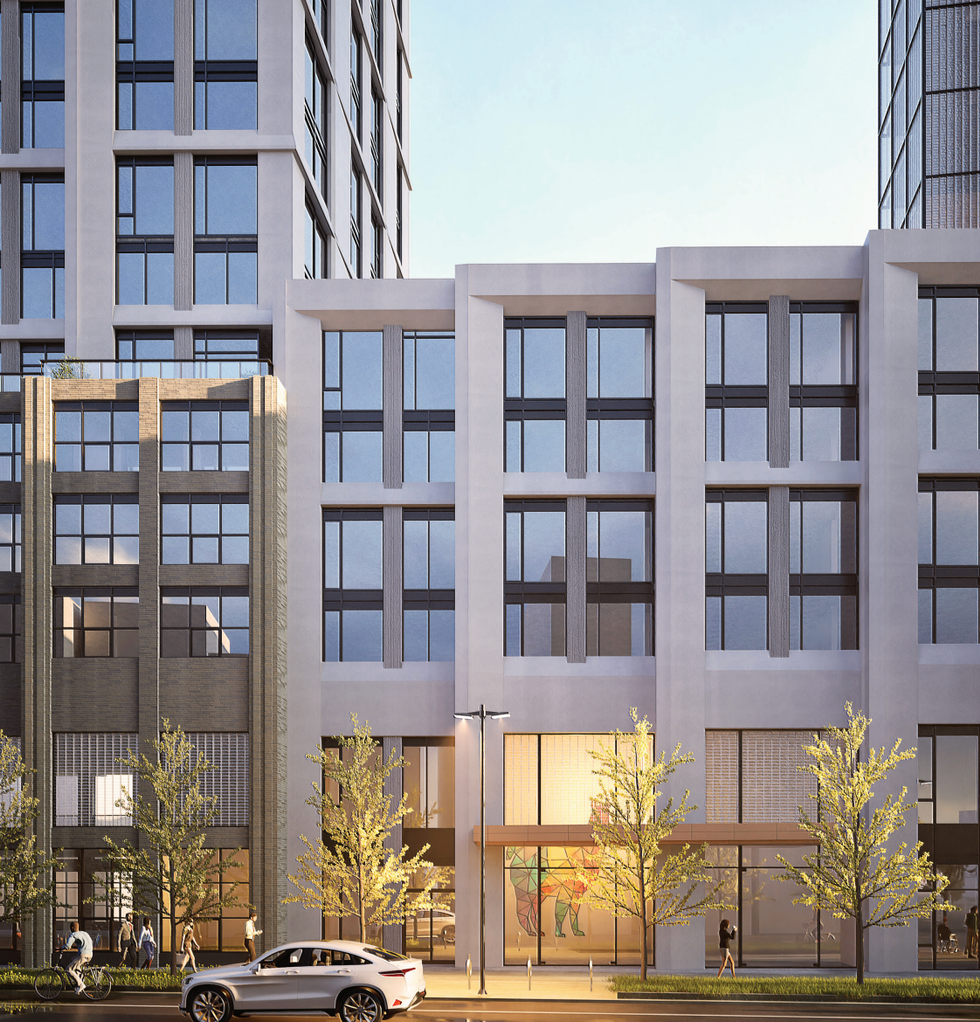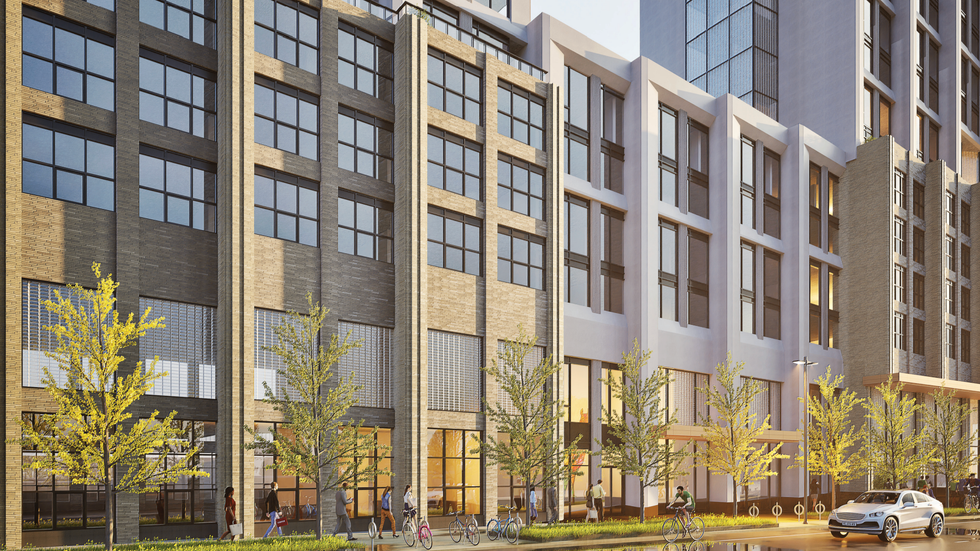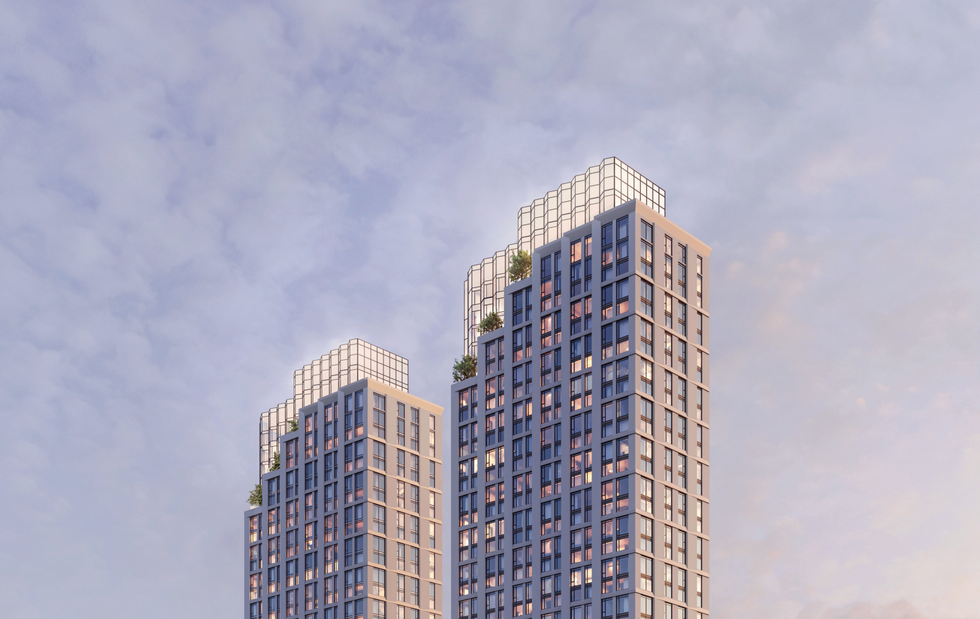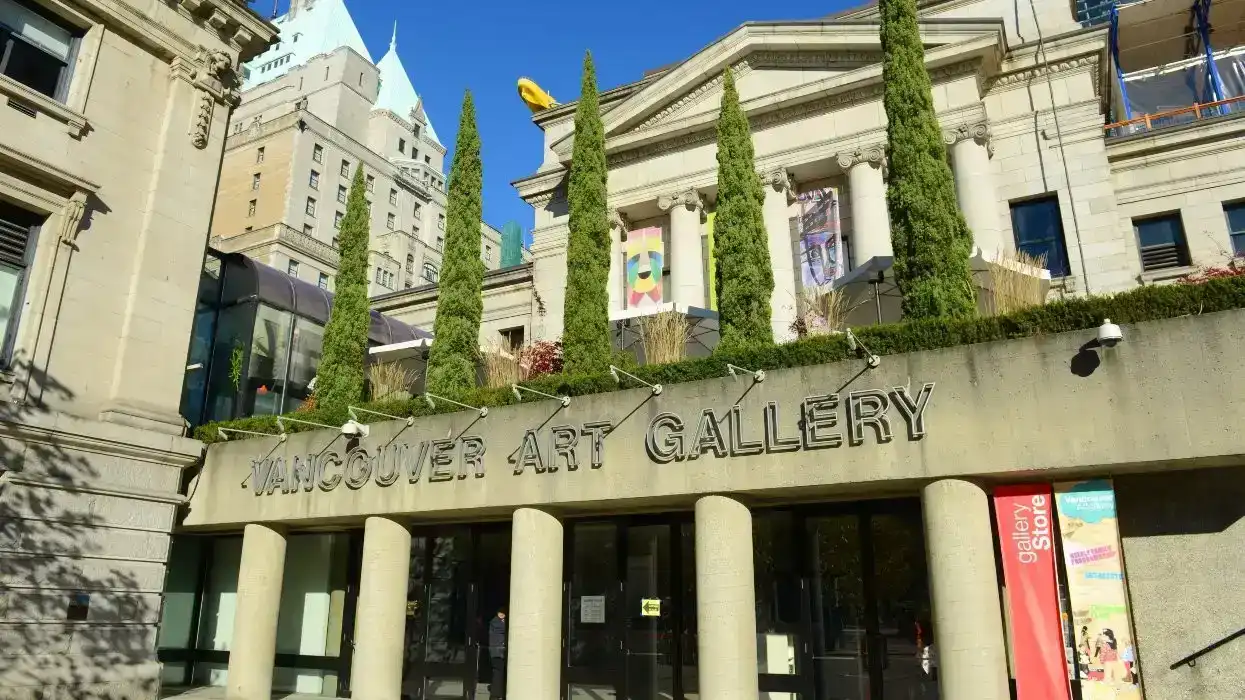Freehold vs. Leasehold
Compare freehold and leasehold ownership in Canadian real estate, and learn how each affects control, cost, and long-term property value.
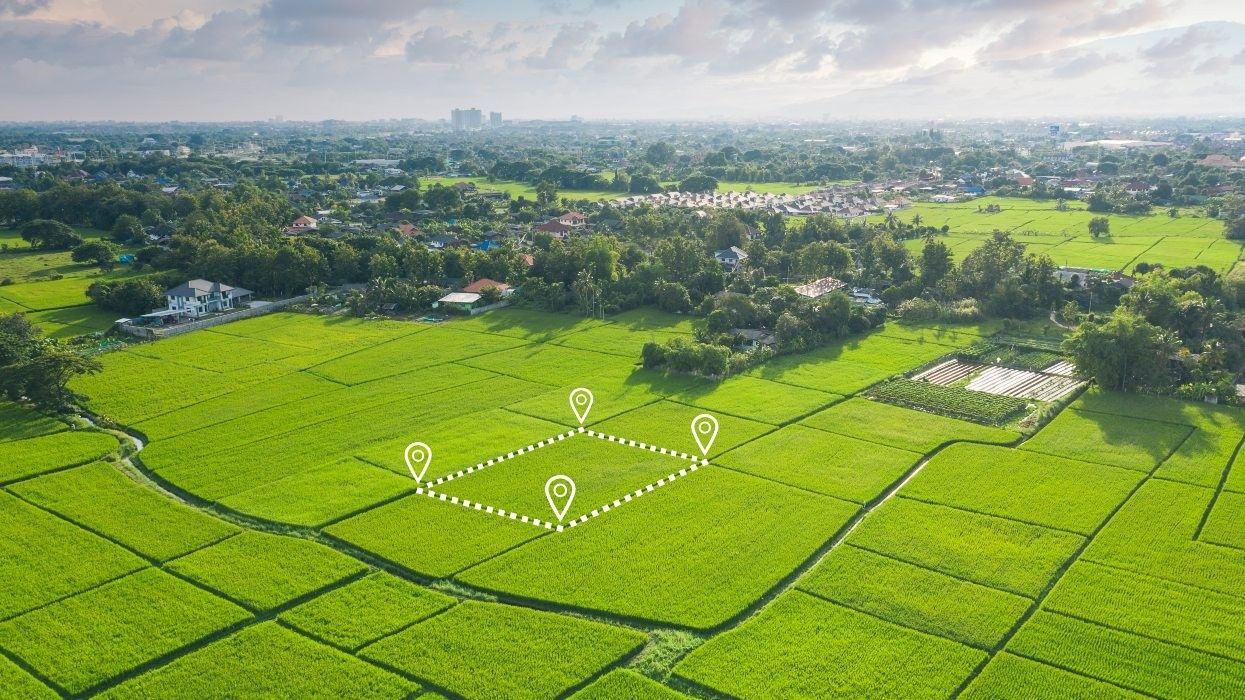
May 22, 2025
What is Freehold vs. Leasehold?
Freehold and leasehold are two types of property ownership structures in Canadian real estate, differing in rights, responsibilities, and ownership duration.
Why Freehold vs. Leasehold Matters in Real Estate
Understanding the difference between freehold and leasehold is critical for buyers evaluating long-term property value and control.
Freehold: The owner has full ownership of the property and the land it sits on. They can make most decisions without third-party approval, subject to local zoning and laws.
Leasehold: The buyer owns the home but leases the land from another party (such as a government, developer, or First Nations band) for a set term, typically 50–99 years.
Freehold Pros:
- Complete control over property
- No ground rent or renewal issues
- Often lower purchase price
- Can access land in premium areas
Leasehold properties may have restrictions on modifications, resale conditions, or escalating lease payments. They can also be harder to finance or resell, especially near the end of a lease term.
Knowing the ownership structure helps buyers assess risk, financing, and long-term suitability — especially in cities with government-owned land.
Example of Freehold vs. Leasehold
A buyer purchases a condo on leasehold land in Vancouver. They own the unit but must renew the land lease in 40 years or risk losing residency rights.
Key Takeaways
- Freehold = full land and property ownership.
- Leasehold = ownership of building, not land.
- Leasehold may involve fees and renewal risks.
- Freehold provides long-term control.
- Affects financing, resale, and legal rights.
Related Terms
- Ownership Title
- Condo
- Land Lease
- Property Rights
- Zoning
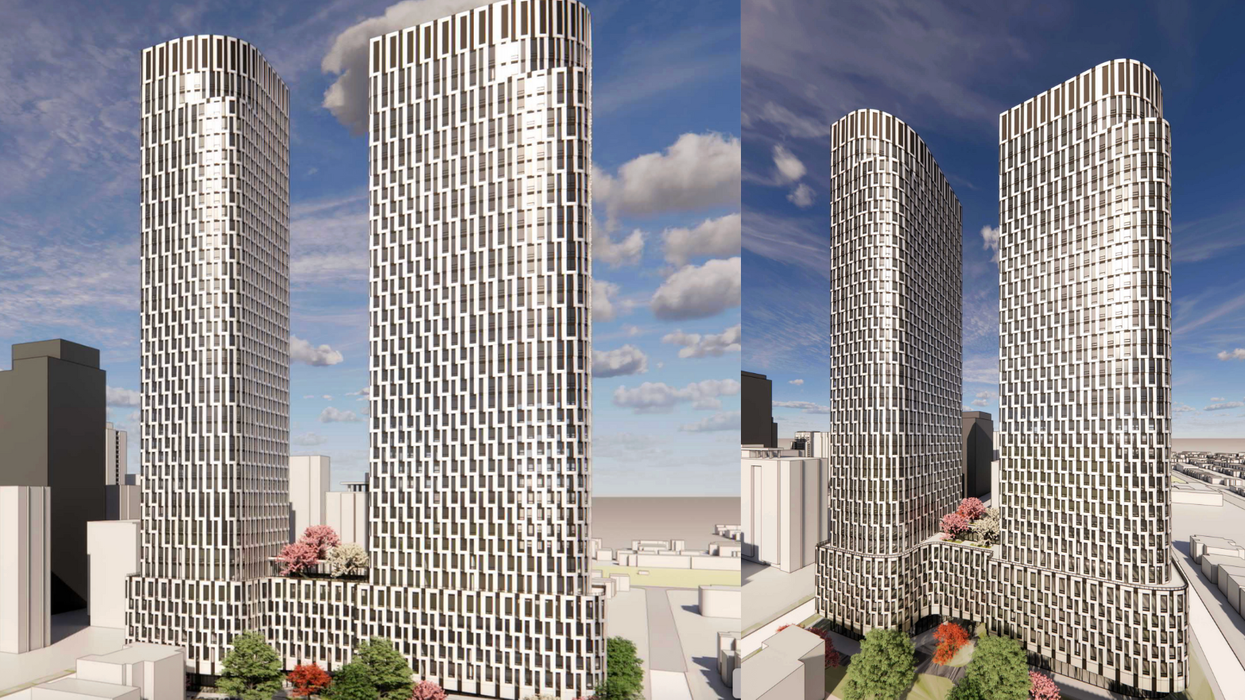
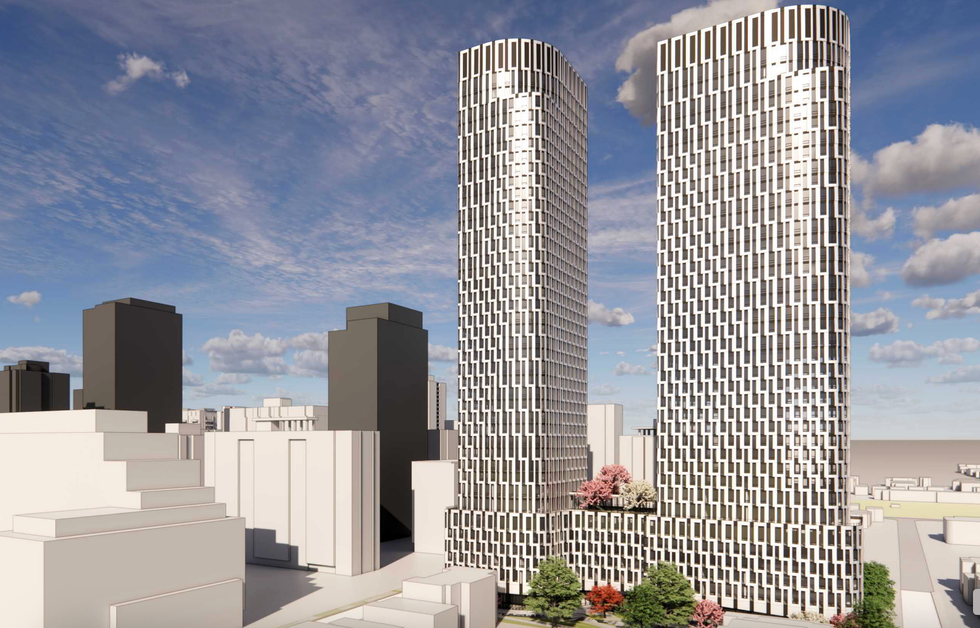

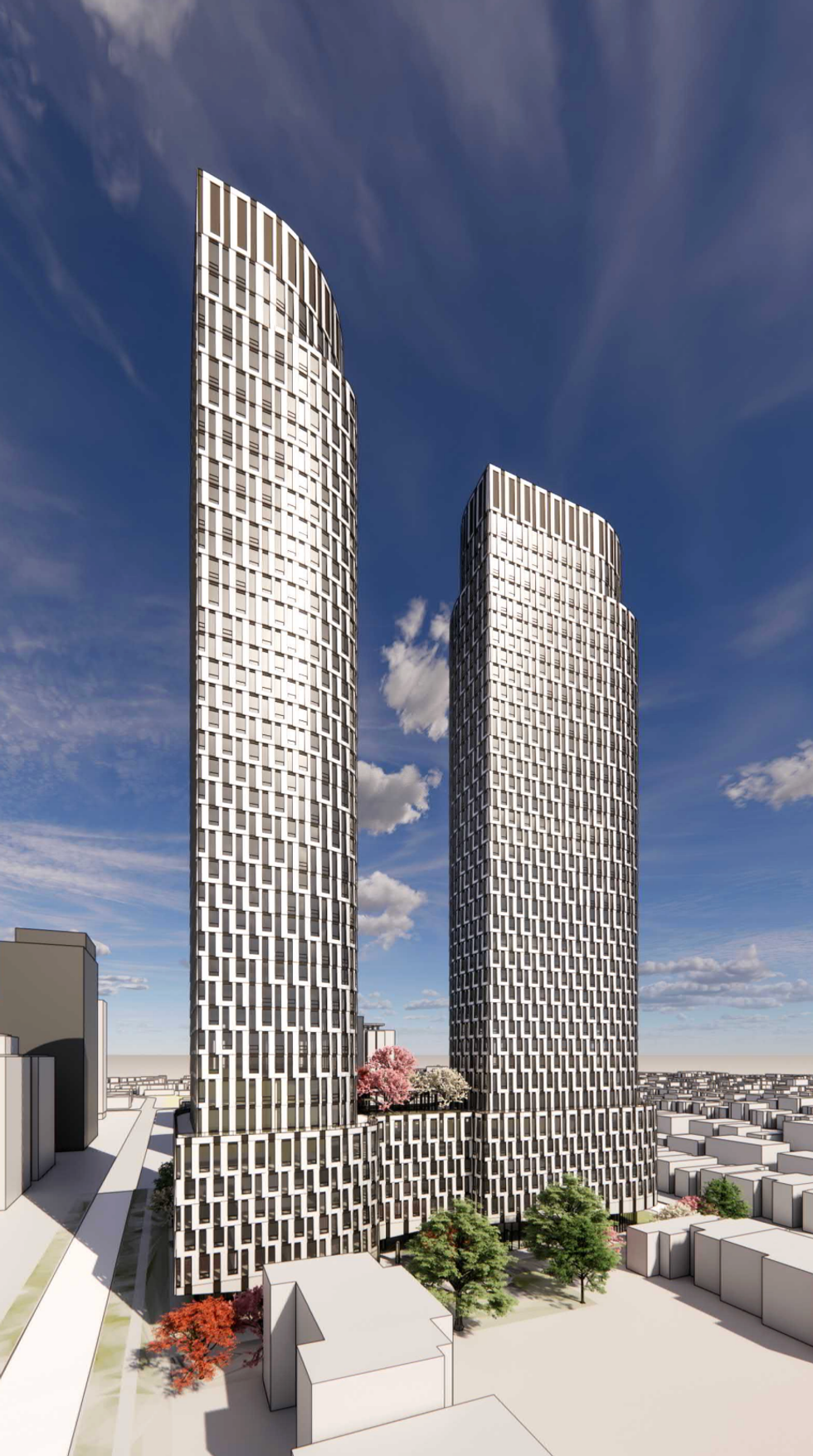
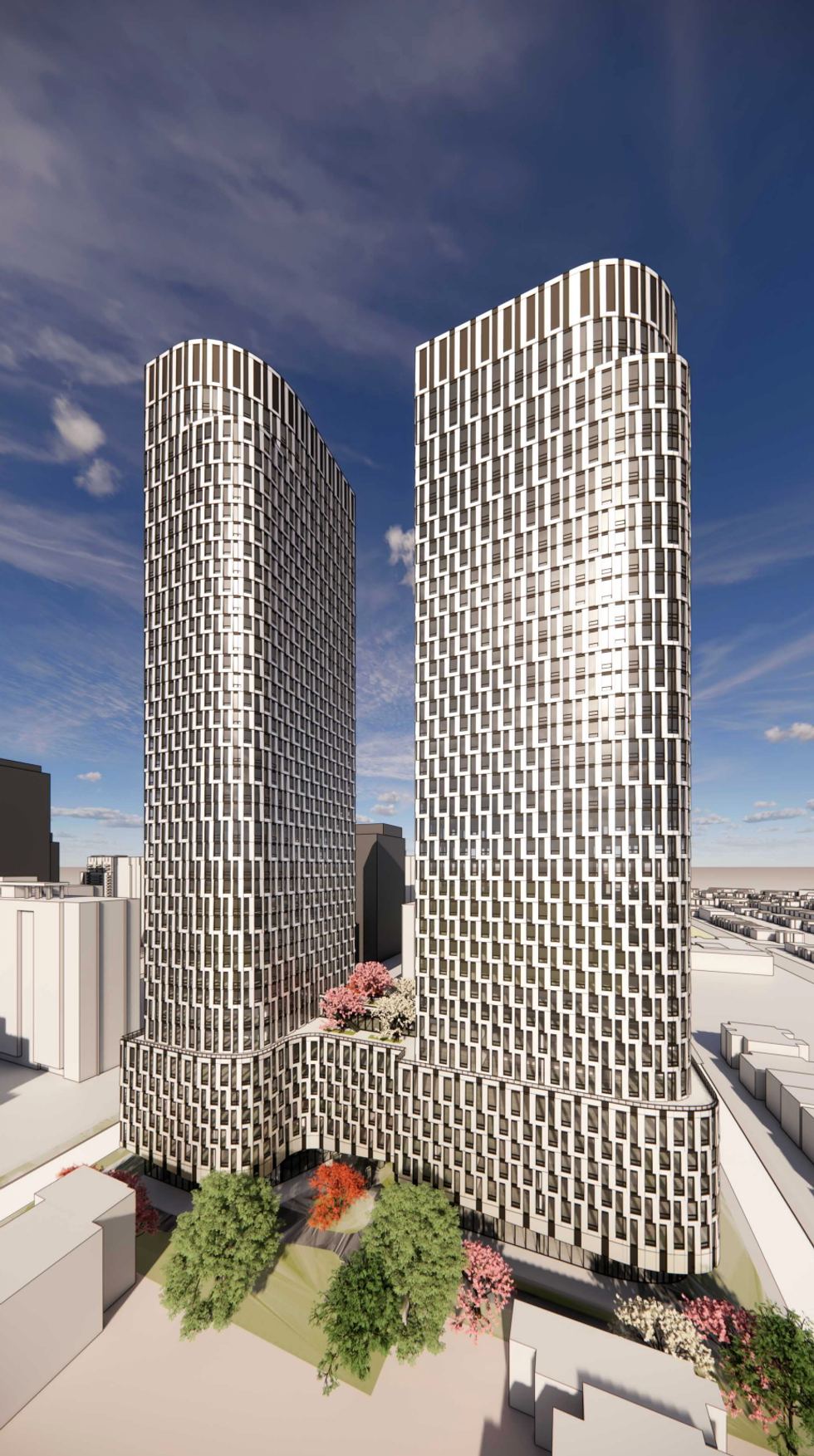
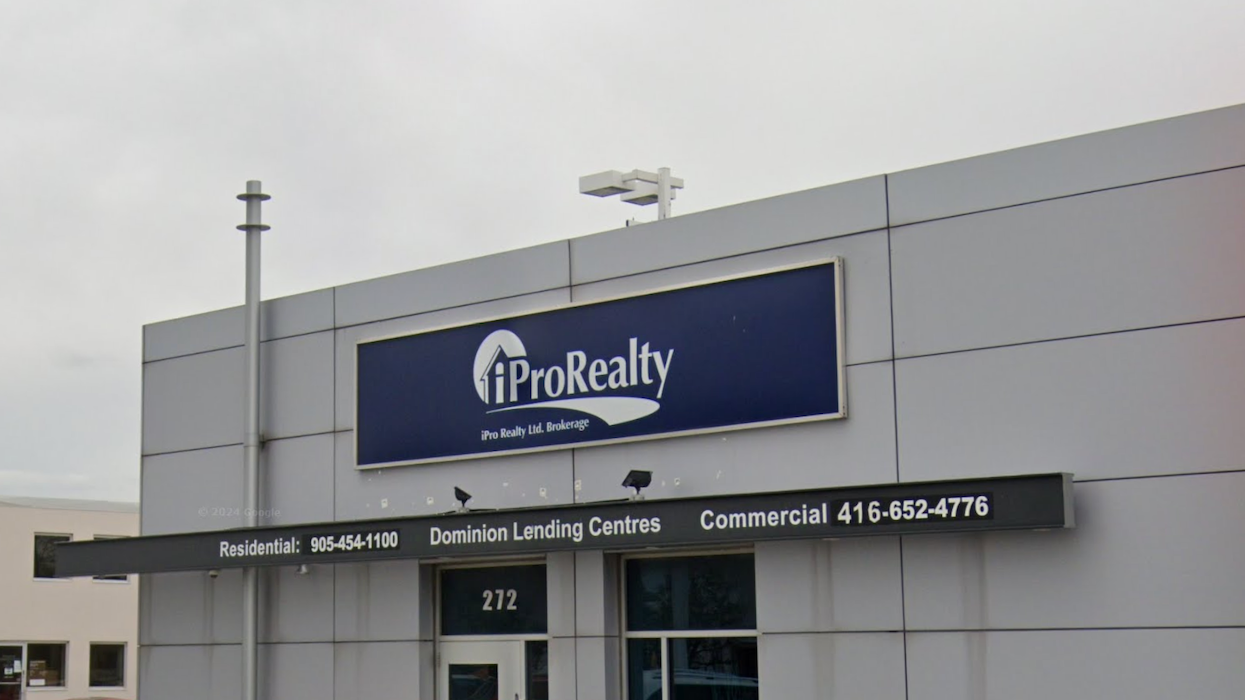
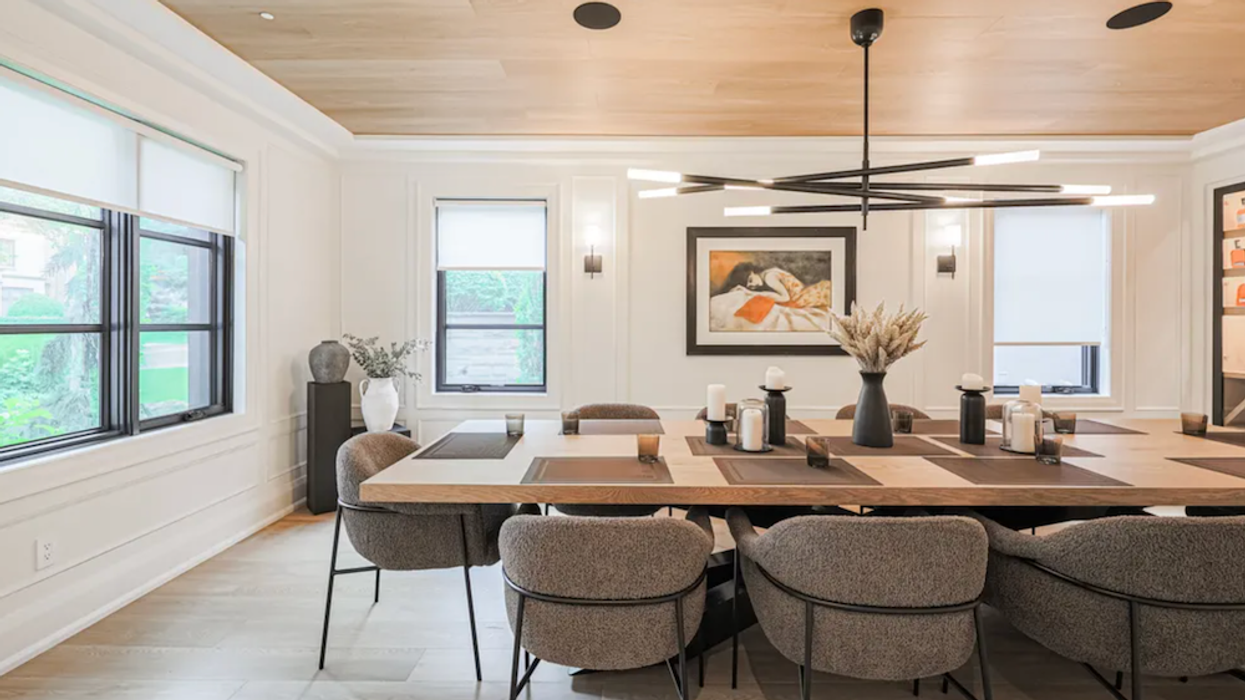
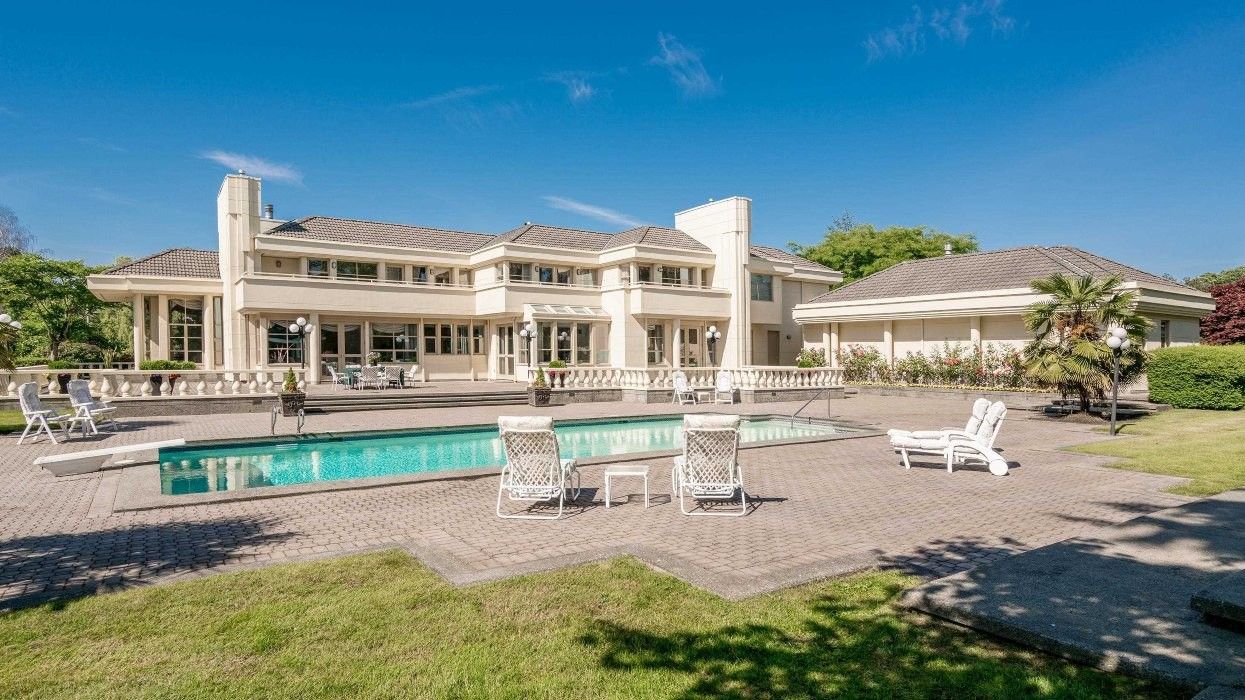

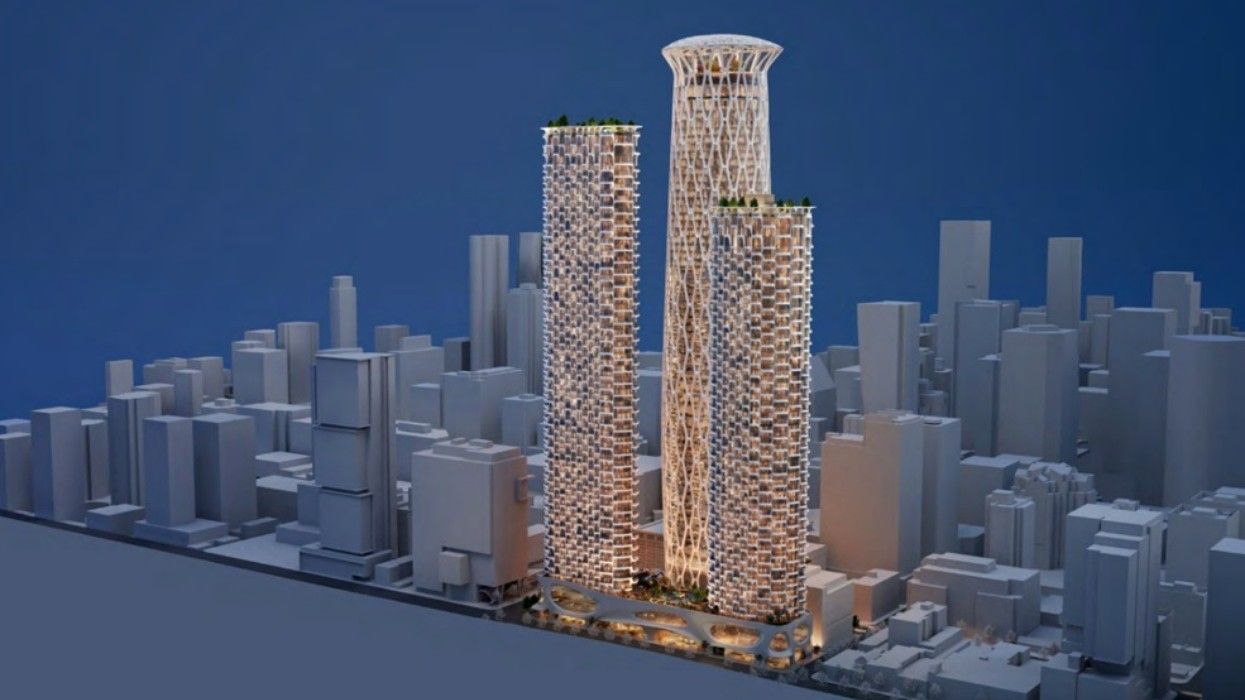
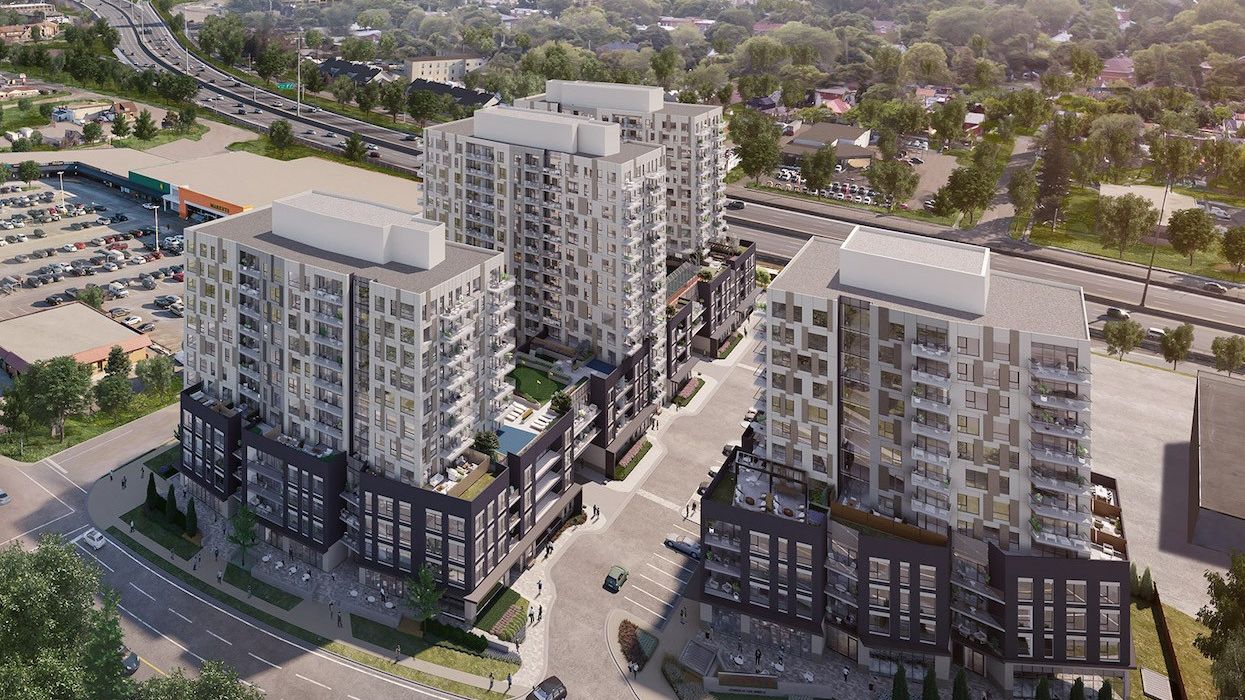

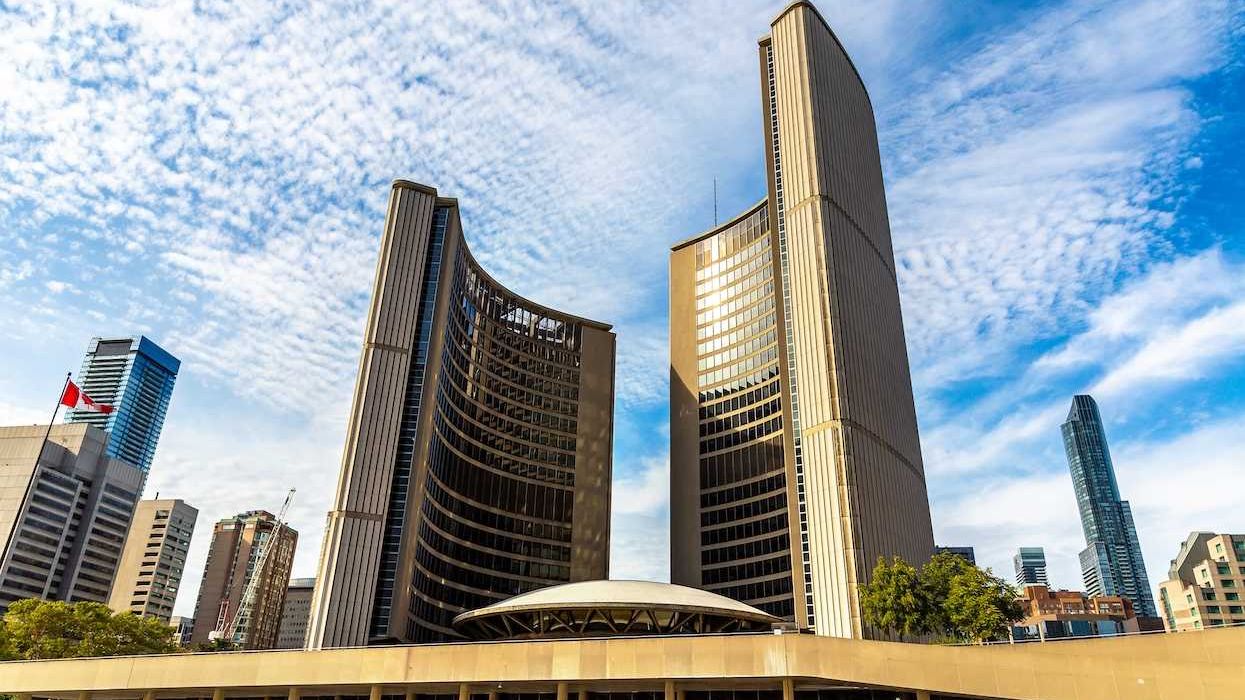
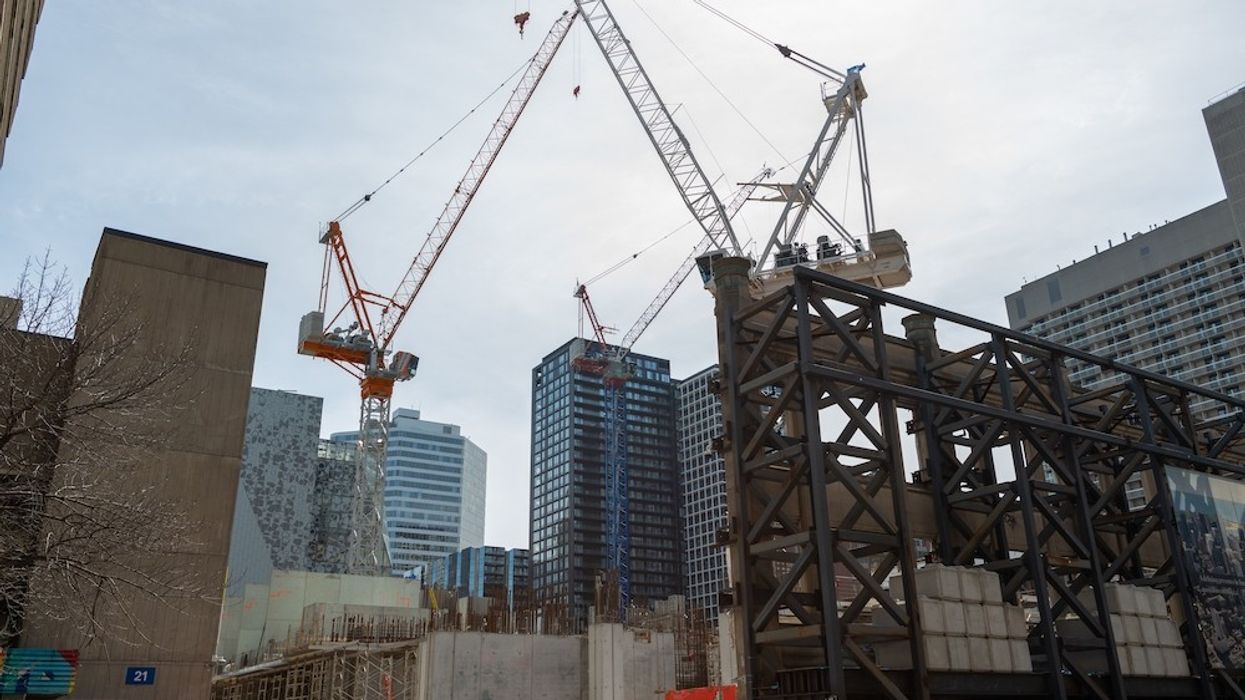
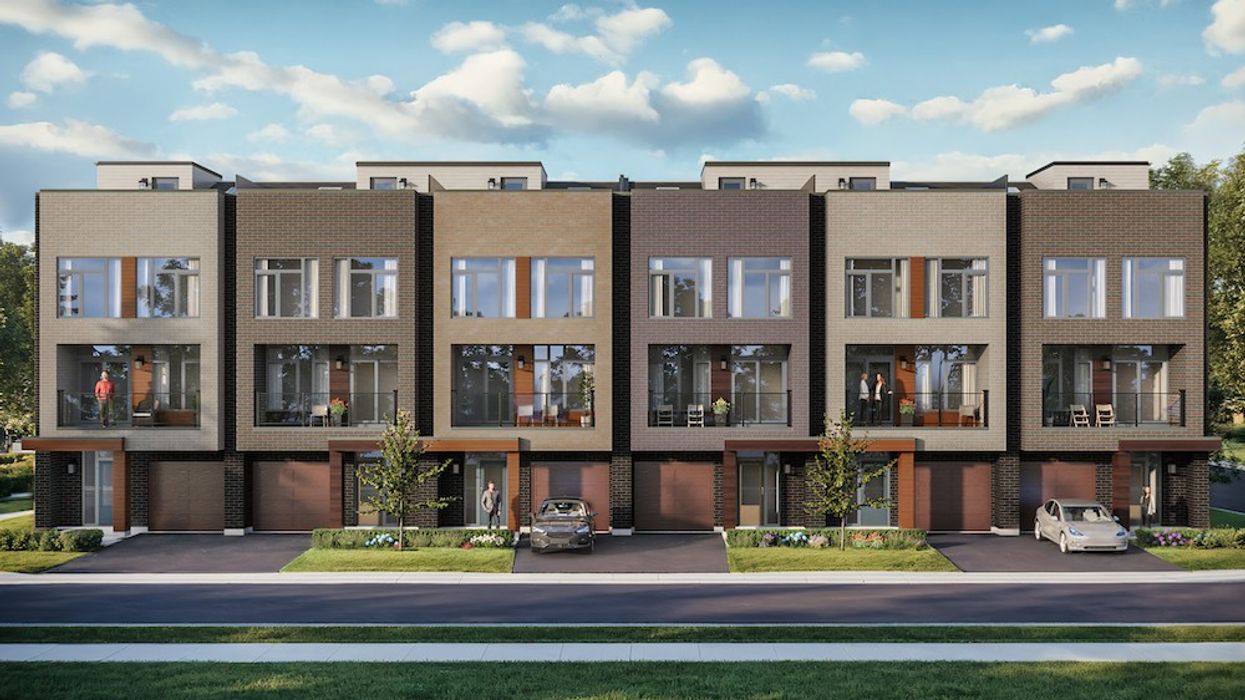
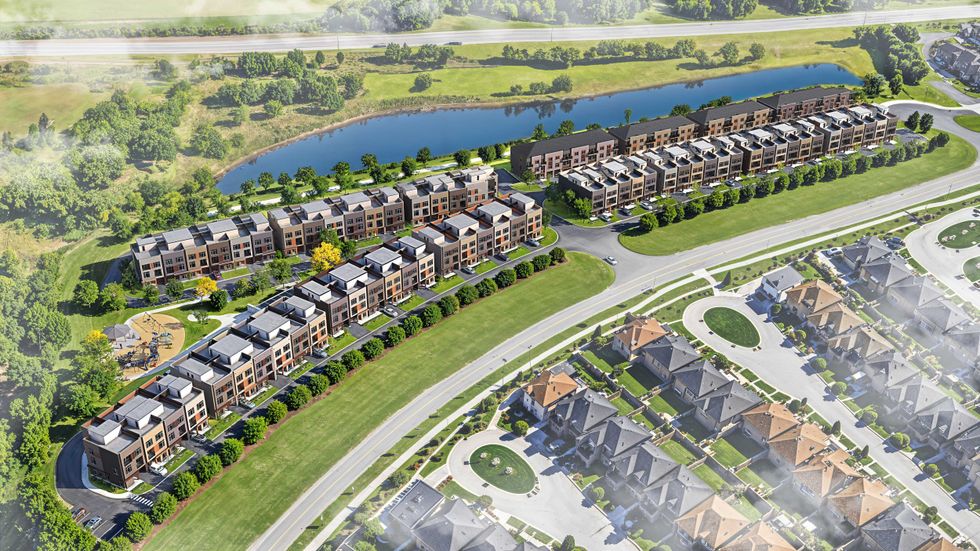 Camcos Living
Camcos Living Shutterstock
Shutterstock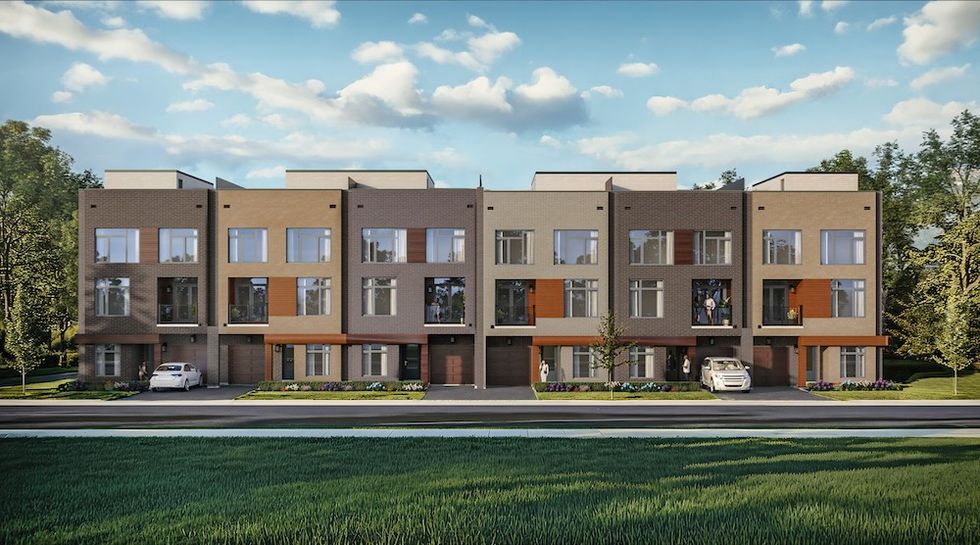 Little Rouge Block G/Camcos
Little Rouge Block G/Camcos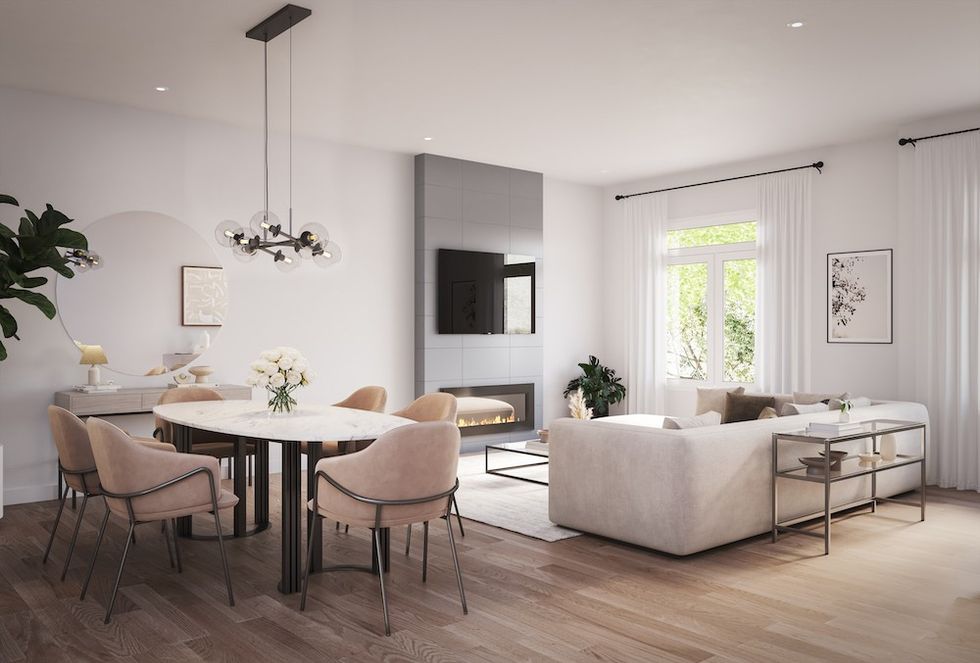 Camcos Living
Camcos Living Camcos Living
Camcos Living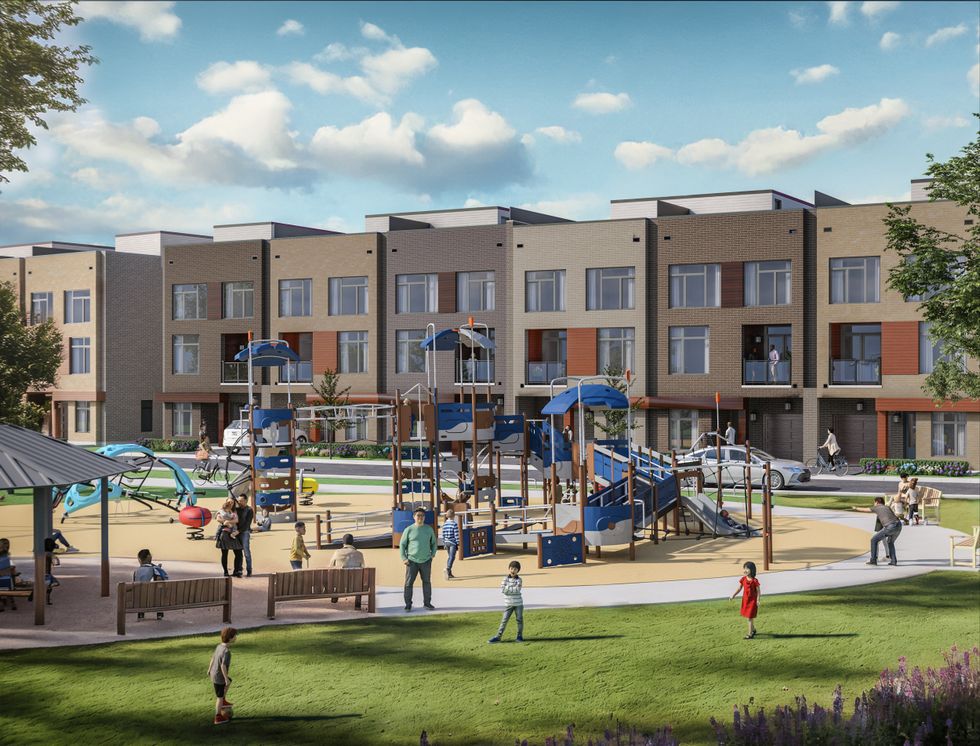 Camcos
Camcos